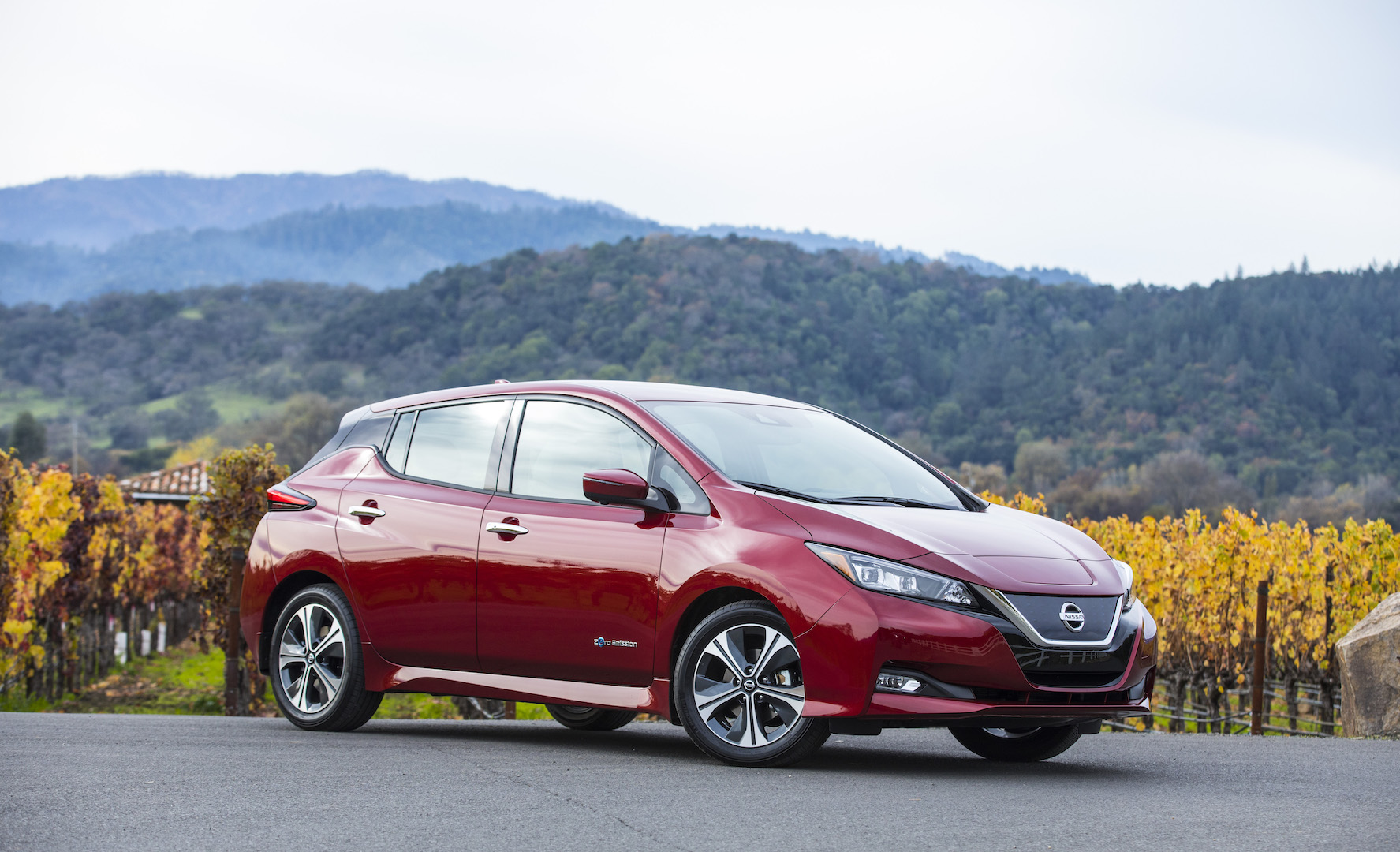

We may earn revenue from the products available on this page and participate in affiliate programs. Learn more ›
Nissan has announced plans to build a new factory for recycling and refurbishing batteries for its Leaf electric vehicle. Automotive News reports that the location of the factory may come as a shock: the former exclusion zone near the Fukushima Daiichi nuclear power plant that suffered a meltdown in 2011.
But unlike the area surrounding the Chernobyl nuclear plant in Ukraine, which Live Science said in 2013 won’t be safe for human habitation for 20,000 years, the area around Fukushima was exposed mainly to isotopes with a short half-life. Additionally, an extensive effort has been made to clean the area, particularly the town of Namie where Nissan’s factory will be built. Boasting a population of 21,434 before the accident, only 516 people live in Namie today.
New Scientist reported that the town was reopened to the public last year after an extensive decontamination effort. Everything has been extensively washed. Most buildings exposed to radiation have been removed, as well as the radioactive topsoil. While areas of higher non-lethal radiation still exist in the nearby hills, radiation levels in the town itself are no higher than normal background radiation anywhere else in the world.
Still, former residents have been reluctant to move back after the Fukushima disaster. This was a significant factor in the decision to build the new battery factory on the site of a former brake factory in Namie. Two-thirds of the site’s $4.76 million purchase price was covered by subsidies from the Japanese government as part of an effort to repopulate the area.
The factory itself will be built and run by 4R Energy, a joint venture between Nissan and Sumitomo, a company best known for its tires. The factory will recycle old Nissan Leaf battery packs that no longer perform adequately for road use. Each of the 48 modules in each pack will be assessed. The good modules will be combined into refurbished Leaf battery packs that will be sold for approximately half the price of a new one. More degraded modules will be reallocated for non-automotive use like powering streetlights, similar to Tesla’s Powerwall battery packs for home use or emergency situations.
